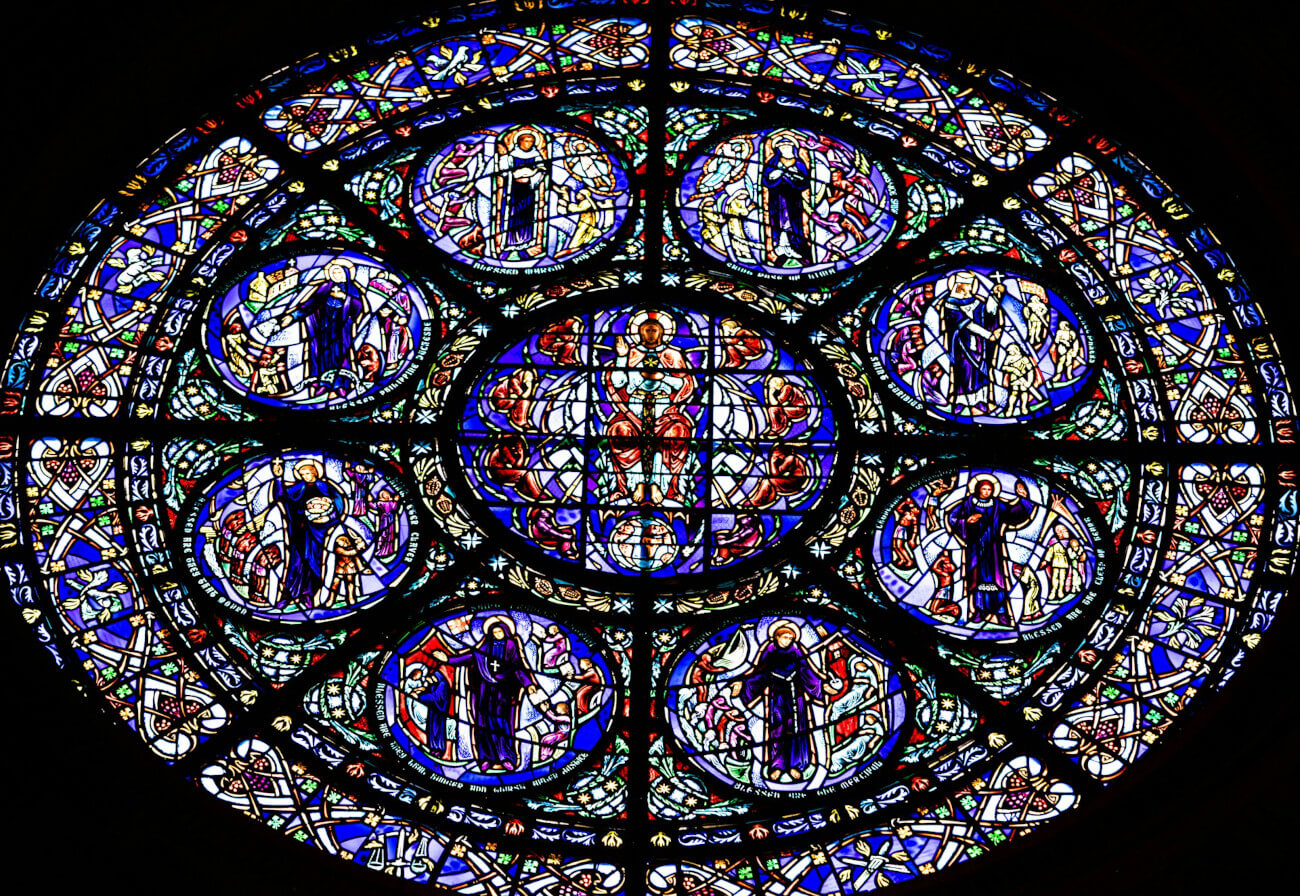The Catholic Church celebrates All Saints’ Day on November 1. It reminds us that every believer has a vocation to holiness. In Polish tradition, it is also a day of reflection and visiting the graves of loved ones.
All Saints in the Church – an old tradition
The tradition of celebrating All Saints’ Day in the Catholic Church dates back to the oldest centuries, since Christians honored martyrs for their faith by celebrating Holy Mass on their graves. on the anniversary of their martyrdom.
In the 4th century, all martyrs began to be honored on one day, on the first Sunday after Pentecost, while in the East, all martyrs were commemorated on the Friday after Easter.
On All Saints’ Day, the Church remembers all the faithful who achieved salvation after death and are in heaven, including those who have not been officially canonized or beatified. In this way, he reminds us that holiness is the vocation of every baptized person.
This celebration was given a distinct character by Pope Boniface IV (608-615) in 609. Initially, it was celebrated in Rome on May 13. On this day, the Mother of God and all martyrs, i.e. people who gave their lives for faith in Christ, were remembered.
In the 8th century, on All Saints’ Day, people began to commemorate all those who were not martyrs but died in the reputation of holiness. In this way, the tradition of the day was created on which the Church rejoices in the achievement of the glory of God by all those who have not been officially declared saints.
The date of November 1st celebration appeared in 741, when Pope Gregory III founded an oratory in Rome dedicated to various saints, not only martyrs.
This holiday was established by Pope Gregory IV (827-844) for the entire Roman Empire. In 935, Pope John XI extended the celebration of this holiday to the entire Church.
On All Saints’ Day, the “Litany to All Saints” is sung in the church liturgy, which is one of the oldest litany prayers. On this day, a fragment of the Gospel according to St. is read in churches. Matthew, talking about the eight beatitudes.
In 1970, the Roman missal, i.e. a liturgical book containing the texts of the permanent and variable parts of the Holy Mass, introduced a new preface that emphasized the content of this holiday. We read in it that “the celebration includes not only canonized saints, but all the deceased who have achieved perfection, and therefore also deceased relatives and friends.”
According to tradition, on All Saints’ Day, the faithful visit cemeteries where their relatives and friends are buried. Candles placed on gravestones on this day symbolize hope and memory of people who have passed away, and flowers are a symbol of selfless love.
On All Saints’ Day, Catholics are obliged to attend Holy Mass.
In the octave of All Saints’ Day, i.e. November 1-8, you can obtain plenary indulgence, i.e. God’s remission of the temporal punishment for sins for those who await full salvation in purgatory. The condition for obtaining indulgence is visiting a cemetery and fulfilling the usual conditions, i.e. remaining in a state of sanctifying grace, not being attached to grave sin, receiving Holy Communion. on the day of visiting the cemetery and saying the prayers “Our Father” and “I believe in God” as well as any prayer for the intentions set for that day by the Pope.
Holiness i memento mori
The celebration of All Saints in the Catholic Church combines many of the most important truths, above all the fact that thanks to the resurrection of Jesus Christ, from now on every death can be a birth to life. It is a day when, together with the reminder of unknown saints, a reflection is born on our human transience, which should not sadden Christians, but only set the right perspective regarding their life on earth. She wrote about it in: “Everything Most Important” Sr. Theresa Aletheia NOBLE FSP. “Even if a person does not believe in the Christian message of salvation, the ancient tradition of remembering death can make everyday life joyful, fruitful and focused. For a Christian, it is a practice that goes beyond the reality of earthly life and bodily death. By the power of Jesus Christ Christian memento mori it reaches beyond the earthly horizon and introduces us to eternal happiness in heaven. The power of the cross magnifies the benefits of memento moribecause this practice is fueled not only by personal discipline, but by the living, abundant grace of God. As Christians, we remember death to remember Life: Jesus Christ. We remember death so that our lives may be fulfilled in the life of Christ, both now and when we enter into eternal joy.”
PAP/EverythingMost Important/ad
Copyrighted material. Further distribution only with the publisher’s consent. November 1, 2024


